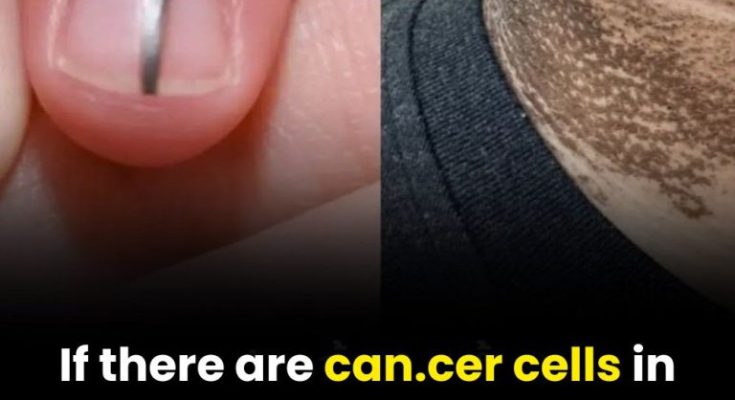Your skin is more than a protective layer — it can also act as a mirror for what’s happening inside your body. Shifts in color, texture, or the appearance of new patches aren’t always dangerous, but sometimes they can hint at underlying health issues. One condition that may cause darkened, thickened skin in certain areas is called acanthosis nigricans.
This skin change is most often linked to common issues such as insulin resistance, hormonal imbalances, or excess weight. In rarer instances, it may appear alongside other serious illnesses. Because it can be difficult to tell the difference at home, paying attention to unusual changes and speaking with a qualified healthcare professional is always recommended.
Below are five areas where unexplained darkening may warrant a medical check-up:
1. Neck
A neck that appears consistently darker or thicker than usual — even after washing — can sometimes signal a skin reaction or an underlying metabolic issue. If this happens suddenly or progressively worsens, a doctor’s visit can rule out possible causes.
2. Underarms (Armpits)
Dark, velvety patches in the armpits are often caused by friction or cosmetic products, but persistent thickening that appears without a clear reason should be evaluated.
3. Groin
Because the groin is typically covered, gradual changes here can go unnoticed. If you see darker, rougher, or itchy patches that spread or worsen, it’s wise to seek medical advice to ensure nothing more serious is at play.
4. Elbows and Knees
It’s common to have slightly darker elbows and knees from pressure or dryness. What’s less common is a sudden, dramatic change in shade or texture that does not respond to moisturizing or exfoliation. Persistent changes should be checked by a professional.
5. Around the Lips and Eyes
Discoloration around the mouth or eyes may be linked to sun exposure, lack of sleep, or pigmentation disorders. If dark patches persist despite healthy lifestyle changes or gentle skin care, it’s worth mentioning them during your next medical visit.
Why Skin Darkening Happens
Skin cells respond to many internal and external triggers — from hormones to friction to certain medications. In rare cases, it can coincide with more serious health conditions. Because the same appearance can have many different causes, self-diagnosis is unreliable.
When to See a Professional
If you notice sudden or unexplained darkening in any of these areas, or if it’s accompanied by other symptoms such as fatigue or weight changes, a qualified dermatologist or physician can evaluate you. Early evaluation and appropriate testing help ensure that any underlying condition is identified and managed promptly.



